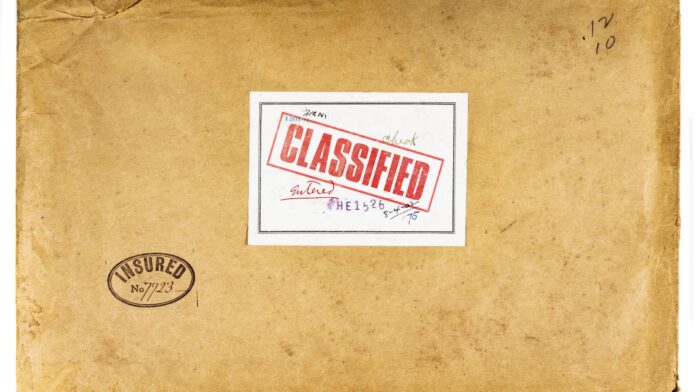When it comes to protecting classified information, it’s crucial to follow the best practices. As an expert in the field, I’ve seen firsthand the consequences of not taking proper precautions. In this article, I’ll share my knowledge and insights on the most effective strategies for safeguarding classified information. Whether you’re a government agency, a business handling sensitive data, or an individual with access to confidential material, these best practices will help you mitigate risks and maintain the highest level of security.
In today’s digital age, the threat of classified information falling into the wrong hands is more significant than ever. That’s why it’s essential to stay up-to-date with the latest security measures and best practices. In this article, I’ll guide you through the most effective ways to protect classified information in a digital environment.
Good Practice to Protect Classified Information
Protecting classified information is of utmost importance in today’s digital age. As technology continues to advance, the risk of data breaches and unauthorized access to sensitive information has increased significantly.
Why is Protecting Classified Information so Critical?
- National Security: Classified information often pertains to matters of national security, such as defense strategies, intelligence operations, and confidential diplomatic communications. Unauthorized access or disclosure of such information can have severe consequences, compromising the safety and well-being of a nation.
- Economic Impact: Classified information can also include trade secrets, intellectual property, and proprietary data that are critical to the competitiveness and success of businesses. Unauthorized disclosure of such information can result in financial losses, damage to reputation, and loss of market advantage.
- Individual Privacy: Protecting classified information is not only crucial for national security and businesses but also for individuals. Personal data, financial records, and medical information that are classified as confidential must be safeguarded to prevent identity theft, fraud, or other malicious activities.
What Are The Risks of Not Protecting Classified Information?
- Data Breaches: Failing to implement adequate security measures can lead to data breaches, where unauthorized individuals gain access to classified information. This can result in reputational damage, legal consequences, and financial losses.
- Espionage and Cyber Attacks: Adversaries, both domestic and foreign, are constantly seeking to exploit vulnerabilities in information systems to gain access to classified data. Cyber attacks and espionage can have far-reaching consequences, compromising national security, economic stability, and individual privacy.
- Non-Compliance: Government agencies and businesses that handle classified information must comply with various regulations and standards to ensure the protection of sensitive data. Failure to comply can result in penalties, legal actions, and loss of trust from stakeholders.

Classifying Sensitive Data: Types and Importance
When it comes to protecting classified information, one of the first steps is to properly classify the data. By assigning the appropriate level of classification to sensitive data, organizations can ensure that it is handled and protected according to its level of importance and confidentiality.
Types of Sensitive Data:
- Personal Identifiable Information (PII): This includes any information that can be used to identify an individual, such as their name, social security number, or financial information. PII must be protected to prevent identity theft and unauthorized access to personal information.
- Protected Health Information (PHI): PHI refers to any information related to an individual’s health or medical history. This includes medical records, diagnoses, and treatment information. Safeguarding PHI is crucial to comply with privacy laws, such as the Health Insurance Portability and Accountability Act (HIPAA).
- Financial Data: Financial data encompasses banking information, credit card details, and other financial records. It is a prime target for cybercriminals and must be classified and protected accordingly to prevent fraud and financial losses.
Importance of Classifying Sensitive Data:
- Risk Assessment: By classifying sensitive data, organizations can conduct a thorough risk assessment to identify potential vulnerabilities and develop appropriate security measures. This ensures that resources are allocated effectively to protect the most critical data assets.
- Access Control: Proper classification allows organizations to implement access controls and restrict data access to authorized individuals. This reduces the risk of unauthorized disclosure or misuse of sensitive information.
- Data Handling Procedures: Classifying sensitive data enables organizations to establish clear guidelines and procedures for handling, storing, and transmitting the information securely. This ensures consistency in data protection practices and minimizes the risk of accidental exposure or loss.
Conclusion
I have provided expert insights and best practices for protecting classified information in the digital age. By implementing robust security measures, organizations can mitigate the risks of data breaches, espionage, and non-compliance with regulations.
I discussed the importance of correctly classifying sensitive data and establishing a comprehensive document control system. This includes document classification, access controls, encryption, and regular audits. Training programs are essential for educating employees on proper classification and handling procedures.


